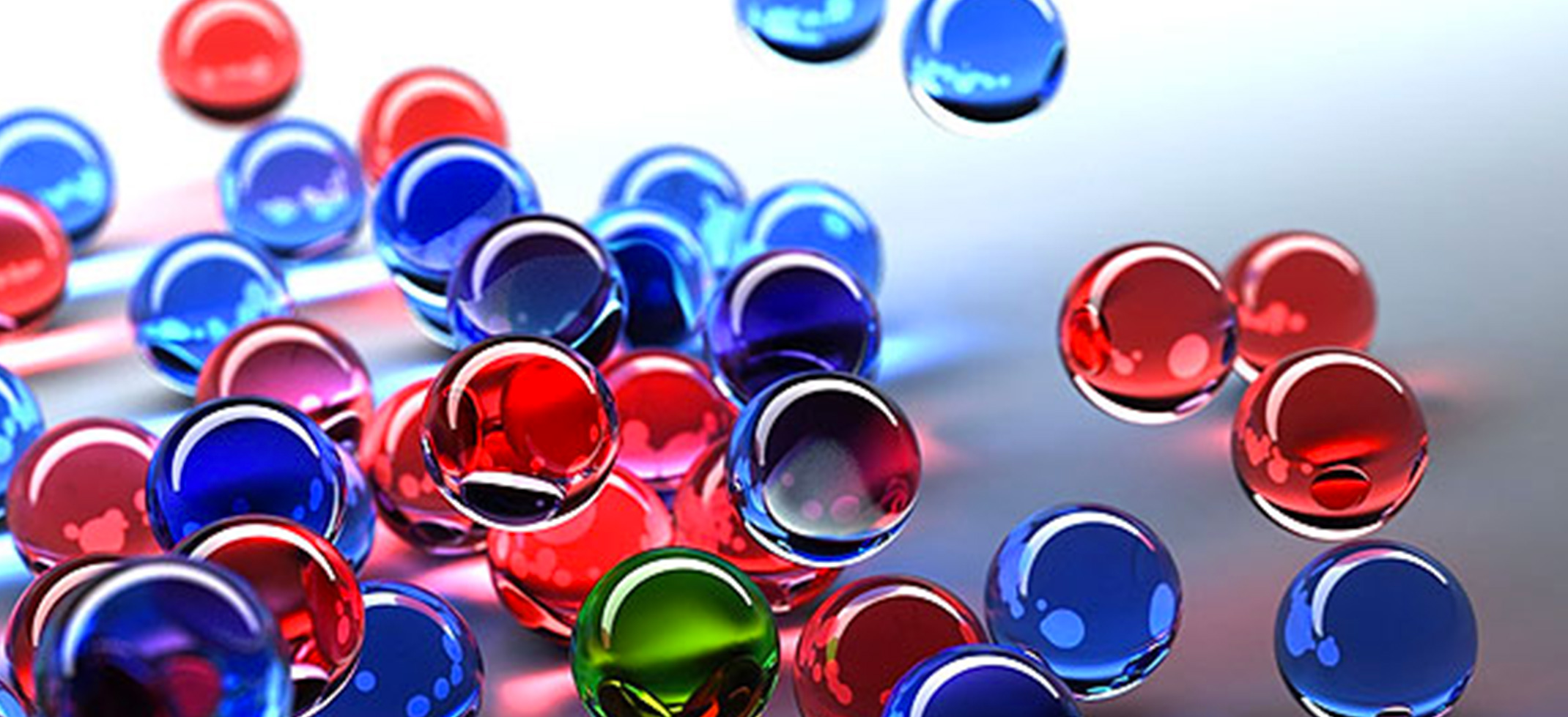Cracking is the process whereby complex organic molecules such as kerogens or heavy hydrocarbons are broken down into simpler molecules such as light hydrocarbons, by the breaking of carbon-carbon bonds in the precursors.
Cracking is the breakdown of a large alkane into smaller, more useful alkanes and alkenes. Simply put, hydrocarbon cracking is the process of breaking a long-chain of hydrocarbons into short ones.
More loosely, outside the field of petroleum chemistry, the term “cracking” is used to describe any type of splitting of molecules under the influence of heat, catalysts and solvents, such as in processes of destructive distillation or pyrolysis.
Fluid catalytic cracking produces a high yield of gasoline and LPG, while hydrocracking is a major source of jet fuel, Diesel fuel, naphtha, and again yields LPG.
A large number of chemical reactions take place during the cracking process, most of them based on free radicals. Computer simulations aimed at modeling what takes place during steam cracking have included hundreds or even thousands of reactions in their models.
Fluid catalytic cracking is a commonly used process, and a modern oil refinery will typically include a cat cracker due to the high demand for gasoline. The process was first used around 1942 and employs a powdered catalyst. During WWII, the Allied Forces were supplied with plentiful supplies of the materials in contrast to the Axis Forces which suffered severe shortages of gasoline and artificial rubber. Initial process implementations were based on low activity alumina catalyst and a reactor where the catalyst particles were suspended in a rising flow of feed hydrocarbons in a fluidized bed.
More informations: http://www.heatexchanging.com






